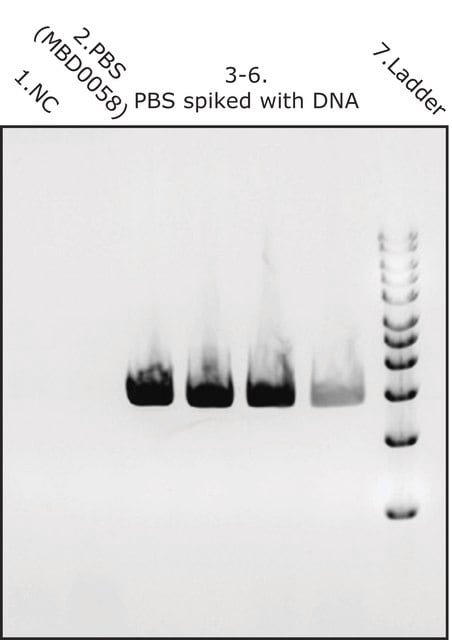PHR1121
2-Phenoxyethanol
Pharmaceutical Secondary Standard; Certified Reference Material
Synonym(s):
Ethylene glycol monophenyl ether, Phenylglycol
About This Item
Recommended Products
grade
certified reference material
pharmaceutical secondary standard
Quality Level
Agency
traceable to Ph. Eur. P0950000
traceable to USP 1526200
API family
phenoxyethanol
CofA
current certificate can be downloaded
technique(s)
HPLC: suitable
gas chromatography (GC): suitable
bp
244-246 °C
mp
11-13 °C
density
1.107 g/mL at 20 °C (lit.)
application(s)
pharmaceutical (small molecule)
format
neat
storage temp.
2-30°C
SMILES string
OCCOc1ccccc1
InChI
1S/C8H10O2/c9-6-7-10-8-4-2-1-3-5-8/h1-5,9H,6-7H2
InChI key
QCDWFXQBSFUVSP-UHFFFAOYSA-N
Looking for similar products? Visit Product Comparison Guide
General description
Pharmaceutical secondary standards for application in quality control, provide pharma laboratories and manufacturers with a convenient and cost-effective alternative to the preparation of in-house working standards.
2-Phenoxyethanol is a commonly used large spectrum-antimicrobial preservative used in cosmetic products and topical pharmaceutical preparations in the concentration range of 0.5–1.0%. It acts by inhibiting the coupling between the electron transport and phosphorylation reactions in mitochondria and disrupting ATP synthesis. It also prevents the activity of malate dehydrogenase and increases the permeability of cell membranes to potassium ions.
Application
- To determine phenoxyethanol and its major metabolite, phenoxyacetic acid by liquid chromatography-tandem mass spectrometry (LC-MS/MS) in rat plasma, urine, and 7 different tissue samples
- Development of a reverse phase ultra-high-performance liquid chromatographic (RP-UHPLC) method to quantify 2-phenoxyethanol from commercially available human vaccines
- Screening of cosmetic products (CPs) for 17 widely used preservatives by high-performance liquid chromatography-photodiode-array-electrospray ionization-mass spectrometry (HPLC-PDA-ESI/MS)
- Thin layer chromatography (TLC)-densitometric determination of hydrocortisone acetate and 2-phenoxyethanol in cream samples
- Analysis of eight volatile and semi-volatile ingredients in a topical formulation by gas chromatography (GC) coupled with a programmed temperature vaporizing (PTV) inlet and a flame ionization detector
Analysis Note
Footnote
Recommended products
Disclaimer
related product
Signal Word
Danger
Hazard Statements
Precautionary Statements
Hazard Classifications
Acute Tox. 4 Oral - Eye Dam. 1 - STOT SE 3
Target Organs
Respiratory system
Storage Class Code
10 - Combustible liquids
WGK
WGK 1
Flash Point(F)
258.8 °F - closed cup
Flash Point(C)
126 °C - closed cup
Choose from one of the most recent versions:
Already Own This Product?
Find documentation for the products that you have recently purchased in the Document Library.
Customers Also Viewed
Our team of scientists has experience in all areas of research including Life Science, Material Science, Chemical Synthesis, Chromatography, Analytical and many others.
Contact Technical Service












